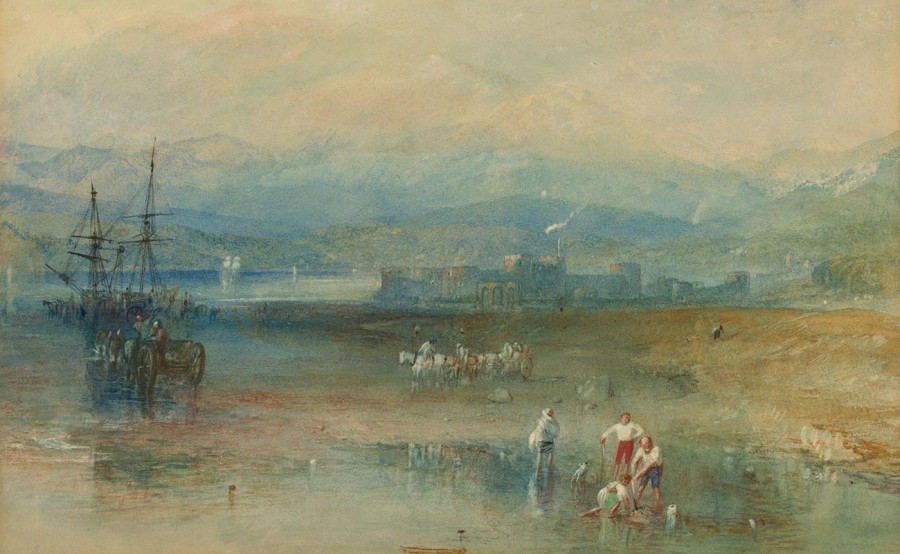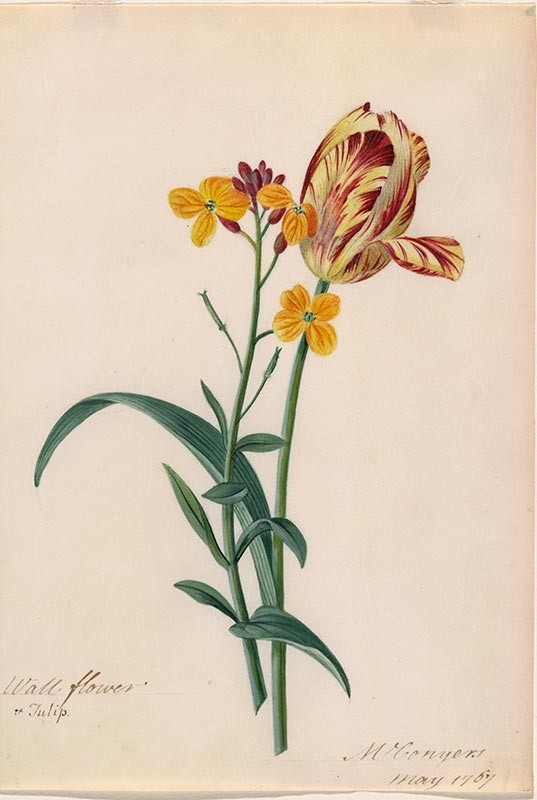The Huntington is a must-see cultural destination for young and old, locals and tourists alike. For younger generations, it’s the cool place where you can see and experience the distinct aroma of the blooming corpse flower. For older generations, it’s synonymous with famous works of art – Pinkie and Blue Boy – and magnificent collections of rare books and manuscripts.
For this author, visiting The Huntington is to see one of the most significant collections of British art outside the United Kingdom. From grand manner paintings to silver to graphic art, the collection is renowned for its breadth. But, not as widely known is its extensive collection of drawings from the 17th through the mid-20th century.
“100 Great British Drawings” is a major exhibition that traces the practice of drawing by spotlighting rare treasures from the collection. The Huntington is the sole venue for this exhibition.

“Drawing is the most spontaneous and intimate of art forms, revealing the thoughts and mood of the artist through the stroke of a pen or touch of a brush in watercolor”, said Melinda McCurdy, curator of British art, curator of the exhibition, and author of the catalog. “It is a practice especially associated with British artists, whose serious engagement with the medium is on vibrant display in the works we highlight in this exhibition.”
Organized chronologically as well as by theme, this exhibition explores portraiture, historical subjects, landscape, still life, botanical illustration, and caricature. These works represent a full range of styles, some not as well-known as others, including quick pencil sketches, fluid pen-and-ink studies, and highly refined watercolor paintings.
When you step into the gallery, it’s as though you walked into a watercolor. The walls are bathed in soothing purples and blues, which allows for the drawings to pop off the walls to command your attention.

Many of the works on display feature watercolors, which allow the artists to create ethereal and luminous effects that are well suited to capturing the misty English climate. J. M. W. Turner was a master of these atmospheric effects in both oil and watercolor, which is evident in Beaumaris Castle, Anglesey. This masterpiece has layers of washes of colors to create a soft fog that obscures the objects by blending the line between sea and land.

All the famous British artists that we know and love have a place in this exhibition, but it’s the lesser known artists that will intrigue you for further study. Case in point, the beautiful illustration titled Wallflower and Tulip by Matilda Conyers. The details rendered bring the flowers to life as if it was presently in your hand to hold and admire.
With this exhibition covering a span of over 300 hundred years of drawings, one shouldn’t be surprised that it isn’t all pretty landscapes on display. Artists experience life as we all do and their art is a reflection of life. The Industrial Revolution, World War I, and artistic styles such as abstraction, French Impressionism, Fauvism, Expressionism, Cubism and Surrealism are all represented in this exhibition.
For anyone that is passionate about art or British history, this exhibition is a must-see. For those studying art, this exhibition is a master class in drawing. The opportunity to view these rarely-seen master works in an intimate setting is priceless.
As Ann Bermingham, professor emeritus of the history of art and architecture at the University of California, Santa Barbara, concludes in her essay for the exhibition catalog, “If The Huntington drawings speak to us over the distances of time and space, it is because they still hold in their linear grasp the thrill and promise of endless creativity.”















.png)







